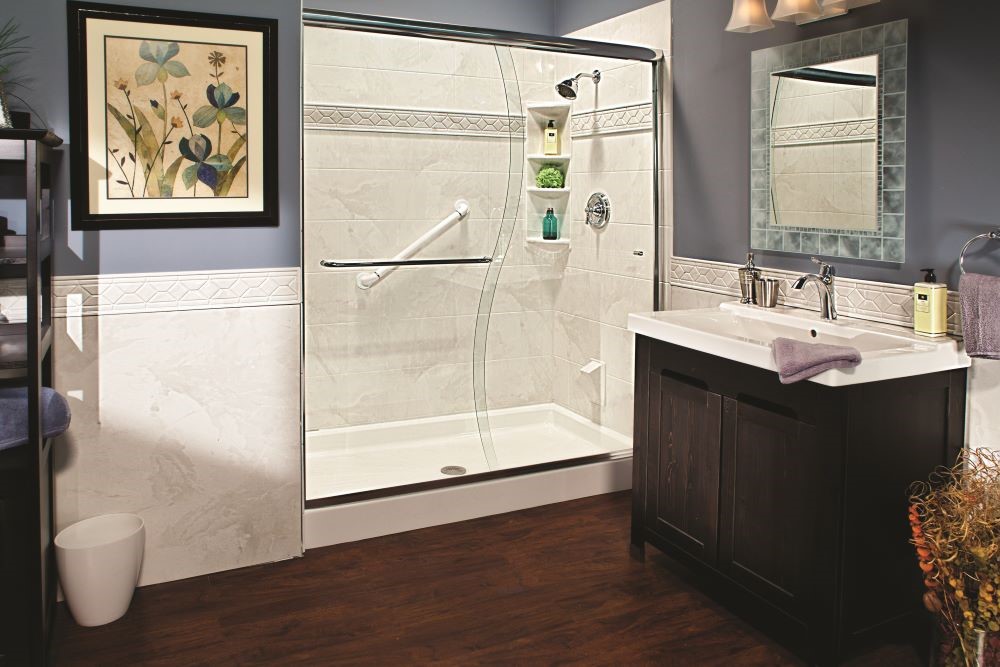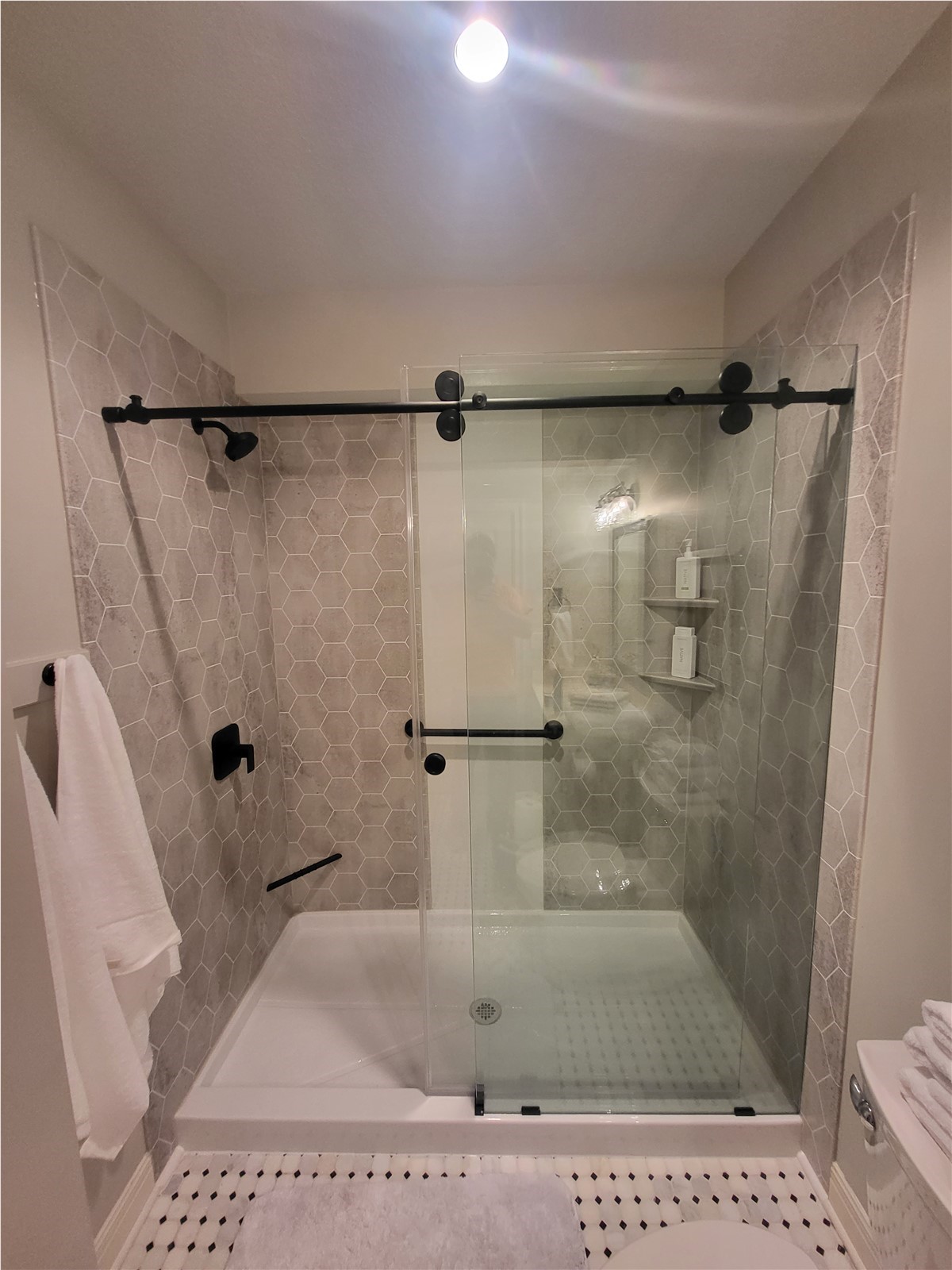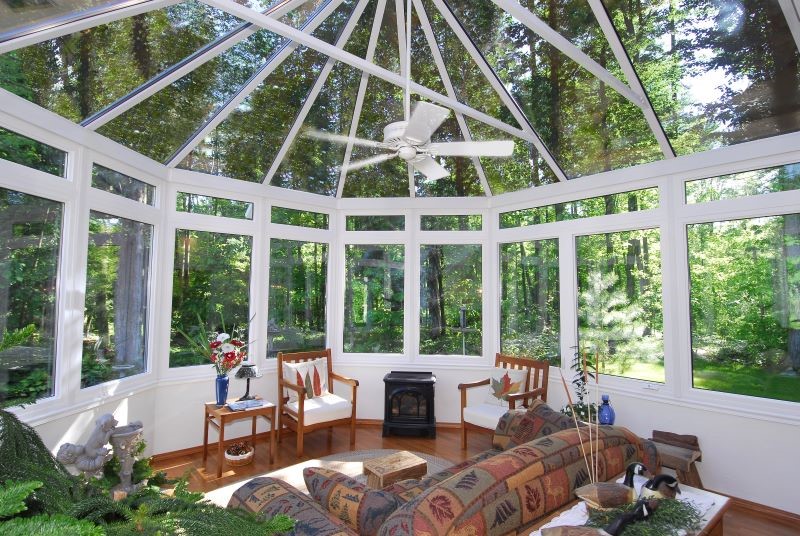Residential windows come in many different shapes, sizes, and styles, and each design has its own unique benefits. If you’re designing a home, you’ll want to consider which types of windows are best for your layout. Here are three kinds of residential windows and where you might use each.
1. Bay Windows Create Space
Bay windows are windows that jut out from an exterior wall. Most come three-sided, and are trapezoid or rectangular in shape (with the fourth side being open to a room). But there also are other geometric designs. The unique structure of a bay window provides two benefits.
First, a bay window literally increases the space in a room. The additional space that the window creates might make room for a large shelf under the window, or it may simply expand the floor. The former style can be used as a display or for functional seating, and the latter offers more room for almost any furniture.
Second, many bay windows let in more sunlight than a traditional window that didn’t jut out would. Not only do bay windows normally have multiple individual windows in them, but the windows also have side panes that jut out and allow light in from additional angels.
The added space and light that a bay window provides are useful in a wide variety of rooms. For example, you might use this type of window in your:
- Home office, where the space can fit a desk that looks outside
- Dining room, where the space can help fit a slightly larger table
- Living room, where the space can fit an oversized armchair
- Family room, where the space can be a designated kids play area
- Bedroom, where the space can accommodate a daybed
You can also use a bay window in any room that’s on the front side of your house to create a more distinctive appearance from the road.
2. Garden Windows Make Room for Plants
Garden windows are similar to bay windows in that both styles jut out from an exterior wall. Most garden windows are smaller than bay windows, however, and their purpose is not to increase floor space. Instead, garden windows are so-named because they provide a place that’s ideal for an indoor garden.
The design of a garden window features a small shelf that’s surrounded on three sides by glass. The shelf affords a place to set potted plants without sacrificing functional space in a room, and the glass panes ensure the plants receive as much sunlight as possible.
While you can place a garden window in any room where you want potted plants, the kitchen is an especially good choice. Directly above the kitchen sink gives you a little indoor garden to look at when washing dishes, and you can quickly water your plants since the sink is right below them.
3. Casement Windows Offer Airflow Control
Casement windows open and close with a crank, and they sit flush with the sash when closed. Because of their design, casement windows are the second-most airtight windows when closed. At the same time, they also create a nice chute for airflow if you open them.
The airflow control that casement windows offer makes them a suitable choice for places where you want either no airflow or excellent airflow. For example, you can place one in the bathroom so that it can be opened to help with ventilation. In a drafty room, you might use one to minimize unwanted breezes.
If you would like bay windows, garden windows, or casement windows for your home, contact Four Seasons Home Products to find out what windows are available.
Subscribe to Four Seasons Home Products's Blog








Comments